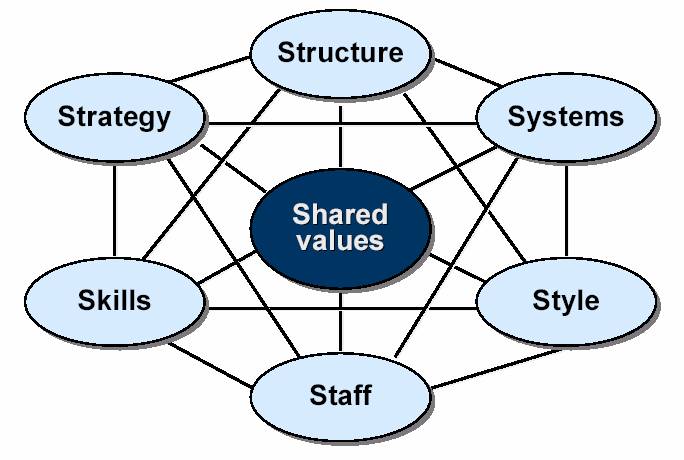 There are lot’s of things to take care of when introducing change in an organization – and there are lot’s of myths and hype as well about what works and what doesn’t. Change management is as complex as human beings are – so there aren’t any easy answers or recipes for success. But here’s a list of 6 key things to keep in mind as you think about creating a toolkit for change in your workplace…
There are lot’s of things to take care of when introducing change in an organization – and there are lot’s of myths and hype as well about what works and what doesn’t. Change management is as complex as human beings are – so there aren’t any easy answers or recipes for success. But here’s a list of 6 key things to keep in mind as you think about creating a toolkit for change in your workplace…
Category: Organizational Development (Page 5 of 6)
This is a brief extract from an article by Tom Rath and Barry Conchie that is adapted from the book “Strengths Based Leadership”
Individuals don’t have to be well-rounded, but teams should be
Gallup research based on study of thousands of executive teams has indicated that while members of a team may have their own unique strengths, the best teams had an overall grouping of certain strengths. In fact, it seems there are 4 principal domains of strength (arising as an aggregate of unique strengths of team members) that seem to exist in successful teams…
Continue reading
 By Asad Zaidi
By Asad Zaidi
Jack Welch, the great corporate giant who turned GE into a huge success, had a way of simplifying matters – he said that all things that are important in a business, whether it is a nuclear power plant or a corner grocery store, are the same : people, quality, service and cash flow. He mentioned a number of his strategies and insights for managerial and organizational success in his books and lectures. The following 8 (the management octagon if you like) are our favorites…
Here are some wonderful insights by truly wise people that can change the way organizations and businesses operate:
1- Advertising’s five golden rules (from the audience’s viewpoint)
• what’s
• in
• it
• for
• me
This is true not just in advertising but also in communications, where your communications need to be audience-centered – the audience should be able to work out QUICKLY what’s in it for them
Based on the dynamics of change as formulated by Ken Blanchard in 1992 and still as valid now as then. There are seven typical ways how people react to change. In the current times of economic challenges and organizational downsizing, it is important to summarize these and remember…
Whatever the kinds of change that people encounter, there are certain patterns of response that occur and re-occur. It is important that change leaders understand some of these patterns, since they are normal outcomes of the change process. Understanding these allows leaders to avoid over-reacting to the behaviors of people. It also helps change agents to appreciate why and how people react to change adversely and with resistance…
A summarized extract from a series of internet articles by Peter Grazier
Most managers find it not so hard to get proficient in technical aspects of their work, in operations and in processes. But they often struggle with people related matters such as interpersonal communication, handling conflict, motivation, resistance to change etc because this has never been part of the curriculum in most universities other than in superficial ways.
 If you want to look at a framework for the purpose of change management and organizational development, you may want to study the 7-S framework. This is a model that describes how to organize to effectively organize and manage the various elements of an organization in an integrated manner. Consider this as just an introduction or maybe a reminder to get you on the road to further study and deliberation on the subject of change management
If you want to look at a framework for the purpose of change management and organizational development, you may want to study the 7-S framework. This is a model that describes how to organize to effectively organize and manage the various elements of an organization in an integrated manner. Consider this as just an introduction or maybe a reminder to get you on the road to further study and deliberation on the subject of change management

Recent Comments